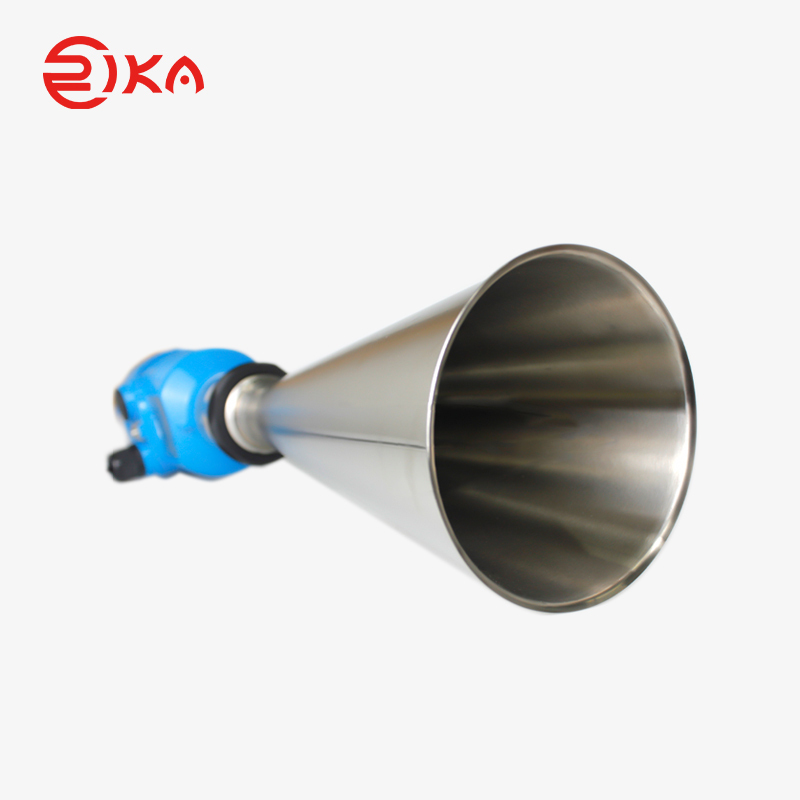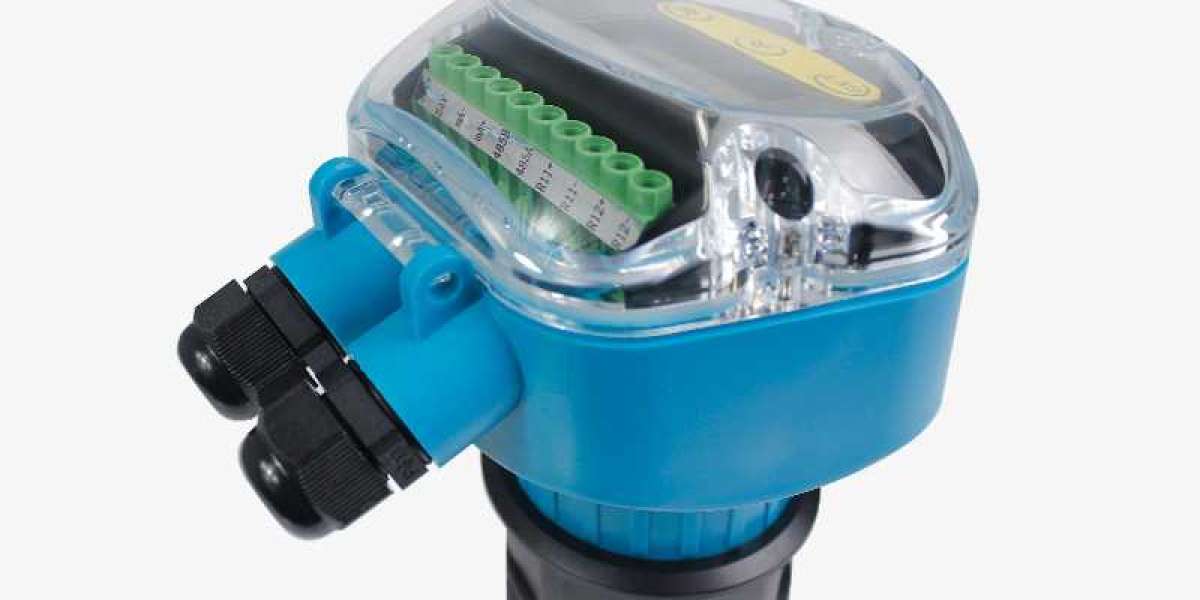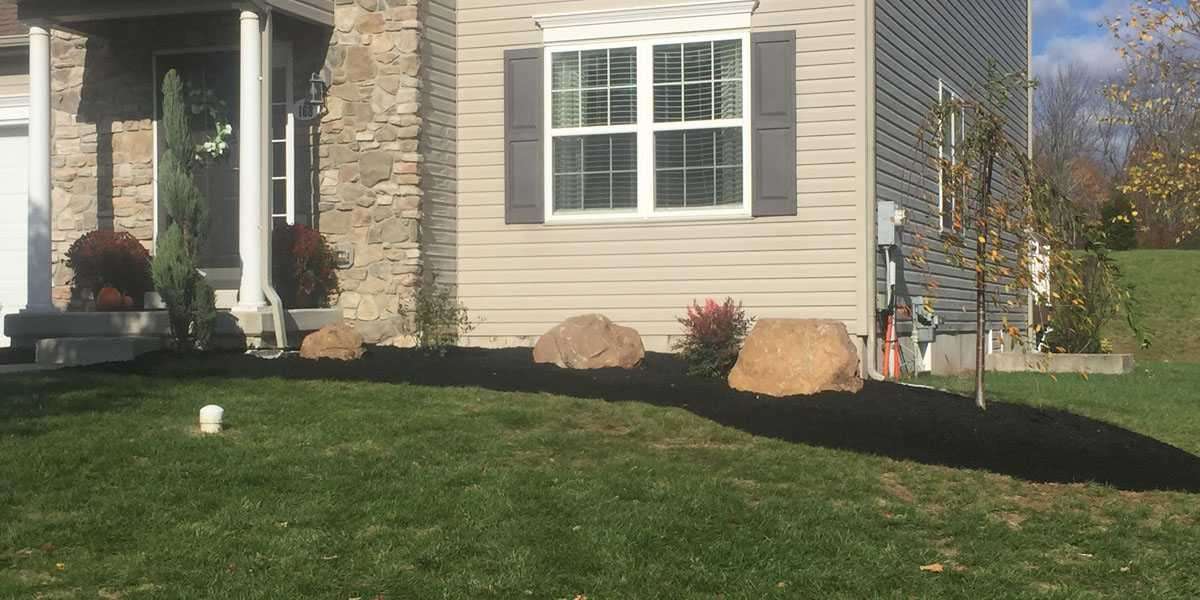Water is an essential resource in agriculture, directly influencing crop yield and quality. As climate change and population growth intensify pressure on water supplies, efficient irrigation practices have become more important than ever. Accurate water level monitoring is a key component of modern irrigation systems, enabling farmers to optimize water usage, reduce waste, and maintain soil health. Rika Sensor’s water level sensors offer reliable and precise measurements that support these goals, making them valuable tools in sustainable agricultural management.
How Rika Sensor Water Level Sensors Work in Agricultural Settings
Rika Sensor water level sensor primarily operate using hydrostatic pressure measurement technology. By detecting the pressure exerted by the water column in reservoirs, canals, or tanks, these sensors provide continuous data on water levels. This data is crucial for controlling irrigation schedules, ensuring that crops receive the right amount of water at the right time. The sensors’ robust design enables them to function accurately in outdoor environments, where exposure to dirt, temperature fluctuations, and moisture is common.
Enhancing Irrigation Efficiency Through Real-Time Monitoring
One of the main benefits of integrating Rika Sensor water level sensors into irrigation systems is the ability to monitor water availability in real time. Farmers can track reservoir or tank levels remotely, making informed decisions about when and how much to irrigate. This prevents over-irrigation, which can lead to waterlogging and nutrient runoff, as well as under-irrigation that stresses plants. By providing precise level data, these sensors help optimize water use, conserve resources, and improve crop health.
Supporting Automated Irrigation Systems
Modern agriculture increasingly relies on automation to improve productivity and reduce labor costs. Rika Sensor water level sensors can be seamlessly integrated with automated irrigation controllers and smart farming platforms. When water levels reach predefined thresholds, the system can automatically start or stop irrigation pumps, ensuring consistent water delivery without manual intervention. This integration enhances system responsiveness and reliability, allowing farmers to focus on other critical tasks while maintaining optimal irrigation.

Durability and Reliability in Harsh Agricultural Environments
Agricultural environments can be tough on equipment due to exposure to dust, chemicals, and variable weather conditions. Rika Sensor water level sensors are engineered with durable materials such as stainless steel and polyurethane cables, offering excellent resistance to corrosion and mechanical wear. Their IP68 rating guarantees protection against dust and prolonged submersion in water, ensuring long-term operation even in muddy or wet conditions. This durability reduces maintenance needs and extends sensor lifespan, providing farmers with dependable performance season after season.
Versatility Across Different Agricultural Water Sources
Rika Sensor water level sensors are versatile enough to be used in a variety of agricultural water sources. They are suitable for monitoring water levels in open canals, irrigation ponds, groundwater wells, and storage tanks. This flexibility allows farmers to manage diverse water supplies effectively, whether relying on surface water or groundwater. By accurately measuring water availability across these sources, the sensors support comprehensive water resource management strategies tailored to local conditions.
Environmental and Economic Benefits for Farmers
Precise water level monitoring with Rika Sensor technology not only benefits crop production but also contributes to environmental sustainability. Efficient irrigation reduces water consumption, lowering the strain on local water bodies and aquifers. It also minimizes runoff that can carry fertilizers and pesticides into surrounding ecosystems. Economically, optimized water use can lower energy costs associated with pumping and reduce the risk of crop loss due to improper irrigation. Together, these benefits help farmers achieve more sustainable and profitable operations.
Conclusion: Empowering Agriculture with Reliable Water Level Monitoring
Rika Sensor water level sensors play a crucial role in advancing irrigation and agricultural practices by providing accurate, real-time data on water availability. Their robust design, ease of integration, and adaptability to various water sources make them ideal for supporting efficient and sustainable water management in farming. As agriculture faces increasing challenges related to water scarcity and climate variability, technologies like Rika Sensor’s water level transmitters will be essential in helping farmers optimize resource use and secure food production for the future.








